
Anne of Kiev or Anna Yaroslavna was a princess of Kievan Rus who became Queen of France in 1051 upon marrying King Henry I. She ruled the kingdom as regent during the minority of their son Philip I from Henry's death in 1060 until her controversial marriage to Count Ralph IV of Valois. Anne founded the Abbey of St. Vincent at Senlis.
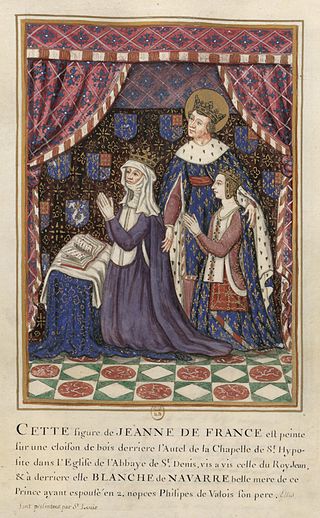
Blanche of Navarre was a Navarrese infanta who was briefly Queen of France as the second wife of King Philip VI from 29 January until 22 August 1350.
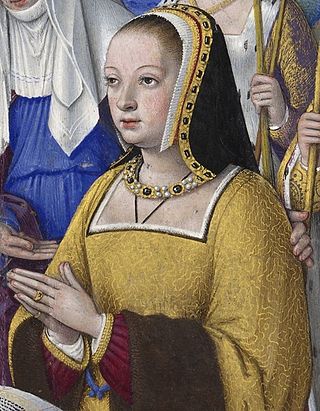
Anne of Brittany was reigning Duchess of Brittany from 1488 until her death, and Queen of France from 1491 to 1498 and from 1499 to her death. She was the only woman to have been queen consort of France twice. During the Italian Wars, Anne also became Queen of Naples, from 1501 to 1504, and Duchess of Milan, in 1499–1500 and from 1500 to 1512.
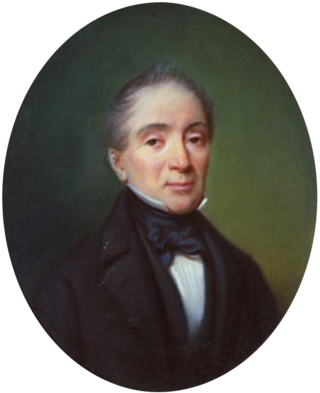
Florestan was Prince of Monaco and Duke of Valentinois from 2 October 1841 until his death in 1856. He was the second son of Prince Honoré IV and Louise d'Aumont Mazarin and succeeded to the throne on the death of his brother, Honoré V.
Milady de Winter, often referred to as simply Milady, is a fictional character in the novel The Three Musketeers (1844) by Alexandre Dumas, père, set in 1625 France. She is a spy for Cardinal Richelieu and is one of the dominant antagonists of the story. Her role in the first part of the book is to seduce the English prime minister, the duke of Buckingham, who is also the secret lover of Queen Anne of France. Hoping to blackmail the queen, Richelieu orders Milady to steal two diamonds from a set of matched studs given to Buckingham by the queen, which were a gift to her from her husband, King Louis XIII. Thwarted by d'Artagnan and the other musketeers, Milady's conflict with d'Artagnan carries much of the second half of the novel.
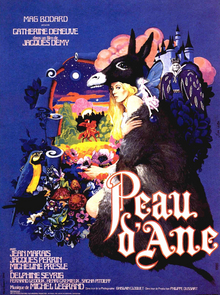
Donkey Skin is a 1970 French musical fantasy romance comedy film directed by Jacques Demy, based on Donkeyskin, a 1695 fairy tale by Charles Perrault about a king who wishes to marry his own daughter. It stars Catherine Deneuve and Jean Marais, with music by Michel Legrand. Donkey Skin proved to be Demy's biggest success in France, with a total of 2,198,576 tickets sold.

Margaret of Valois, popularly known as La Reine Margot, was Queen of Navarre from 1572 to 1599 and Queen of France from 1589 to 1599 as the consort of Henry IV of France and III of Navarre.
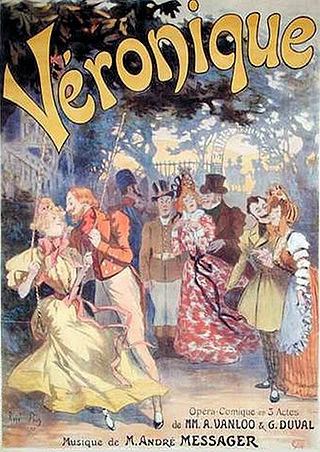
Véronique is an opéra comique in three acts with music by André Messager and words by Georges Duval and Albert Vanloo. The opera, set in 1840 Paris, depicts a dashing but irresponsible aristocrat with complicated romantic affairs, eventually paired with the resourceful heroine.

Richard Cœur-de-lion is an opéra comique, described as a comédie mise en musique, by the Belgian composer André Grétry. The French text was by Michel-Jean Sedaine. The work is generally recognised as Grétry's masterpiece and one of the most important French opéras comiques. It is based on a legend about King Richard I of England's captivity in Austria and his rescue by the troubadour Blondel de Nesle.
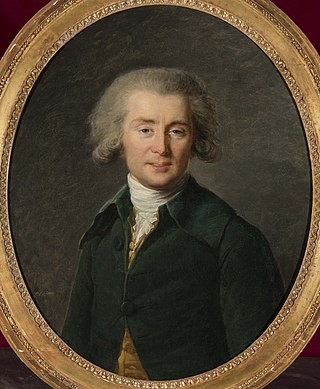
La Caravane du Caire is an opera or opéra-ballet in three acts by André Grétry, set to a libretto by Étienne Morel de Chédeville. Tradition has it that either the libretto was partially written or the idea of it was allegedly suggested by the Count of Provence, who would go down in history as Louis XVIII of France.

La reine de Chypre is an 1841 grand opera in five acts composed by Fromental Halévy to a libretto by Jules-Henri Vernoy de Saint-Georges.
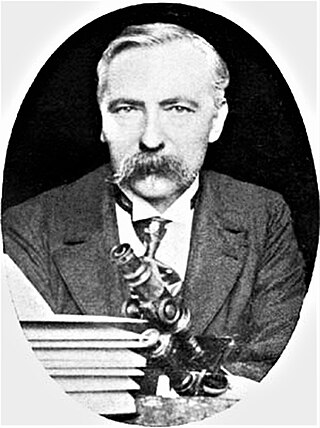
Narcisse Théophile Patouillard was a French pharmacist and mycologist.

Jean (Alexis) Périer was a French operatic baryton-martin and actor. Although he sang principally within the operetta repertoire, Périer did portray a number of opera roles; mostly within operas by Wolfgang Amadeus Mozart and Giacomo Puccini. His career was almost entirely centered in Paris and he had a long association with the Opéra-Comique. He sang in a large number of world premieres, most notably originating the role of Pelléas in Debussy's Pelléas et Mélisande in 1902. In addition to his opera career, Périer appeared in several films between 1900 and 1938.

Isoline is an opera, described as a conte de fées in three acts and ten tableaux, on a text by Catulle Mendès, with music by André Messager.

La Basoche is an opéra comique in three acts, with music by André Messager and words by Albert Carré. The opera is set in Paris in 1514 and depicts the complications that arise when the elected "king" of the student guild, the Basoche, is mistaken for King Louis XII of France.

Ursule Mirouët, a novel, belongs to Honoré de Balzac’s series of 94 novels and short stories La Comédie humaine. First published in 1841, it forms part of his Scènes de la vie de province.

Montrouge, born Louis (Émile) Hesnard, was a comic actor in French musical theatre in the second half of the nineteenth century, as well as a theatre manager in Paris.

Un mari à la porte is an opérette in one act of 1859 with music by Jacques Offenbach. The French libretto was by Alfred Delacour and Léon Morand.
Alice Arno, is a French actress, nudist and model, best known for her roles in European sexploitation and horror film genre.
Sebile, alternatively written as Sedile, Sebille, Sibilla, Sibyl, Sybilla, and other similar names, is a mythical medieval queen or princess who is frequently portrayed as a fairy or an enchantress in the Arthurian legend and Italian folklore. She appears in a variety of roles, from the most faithful and noble lady to a wicked seductress, often in relation with or substituting for the character of Morgan le Fay. Some tales feature her as a wife of either King Charlemagne or Prince Lancelot, and even as an ancestor of King Arthur.

















